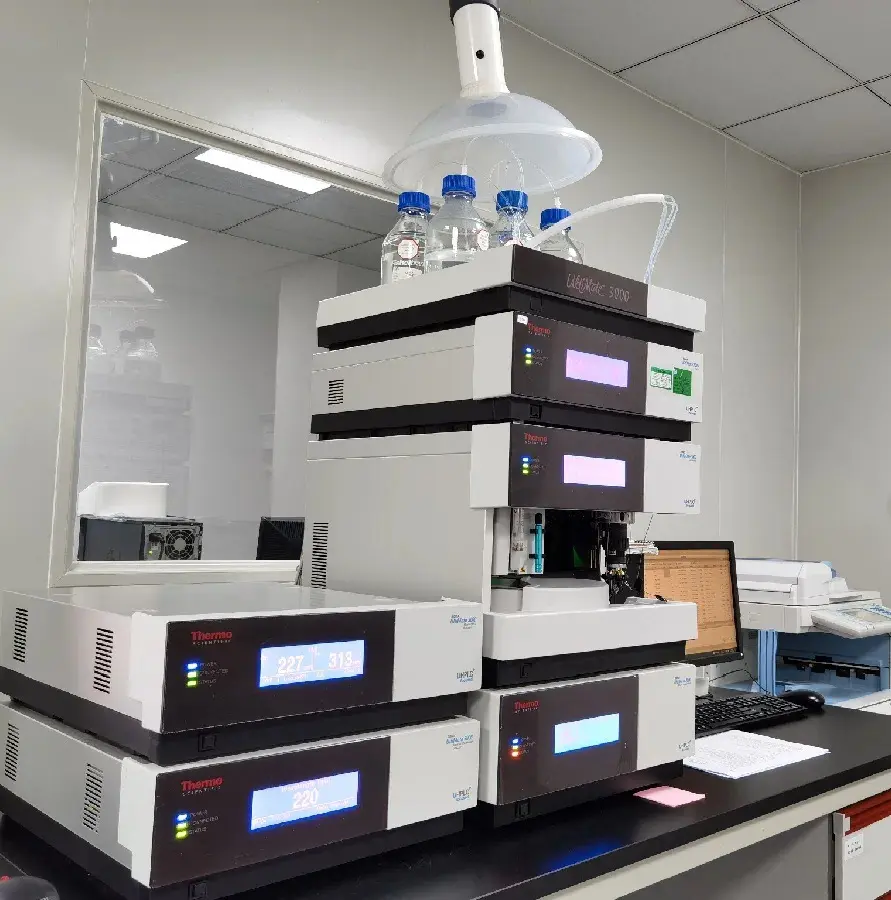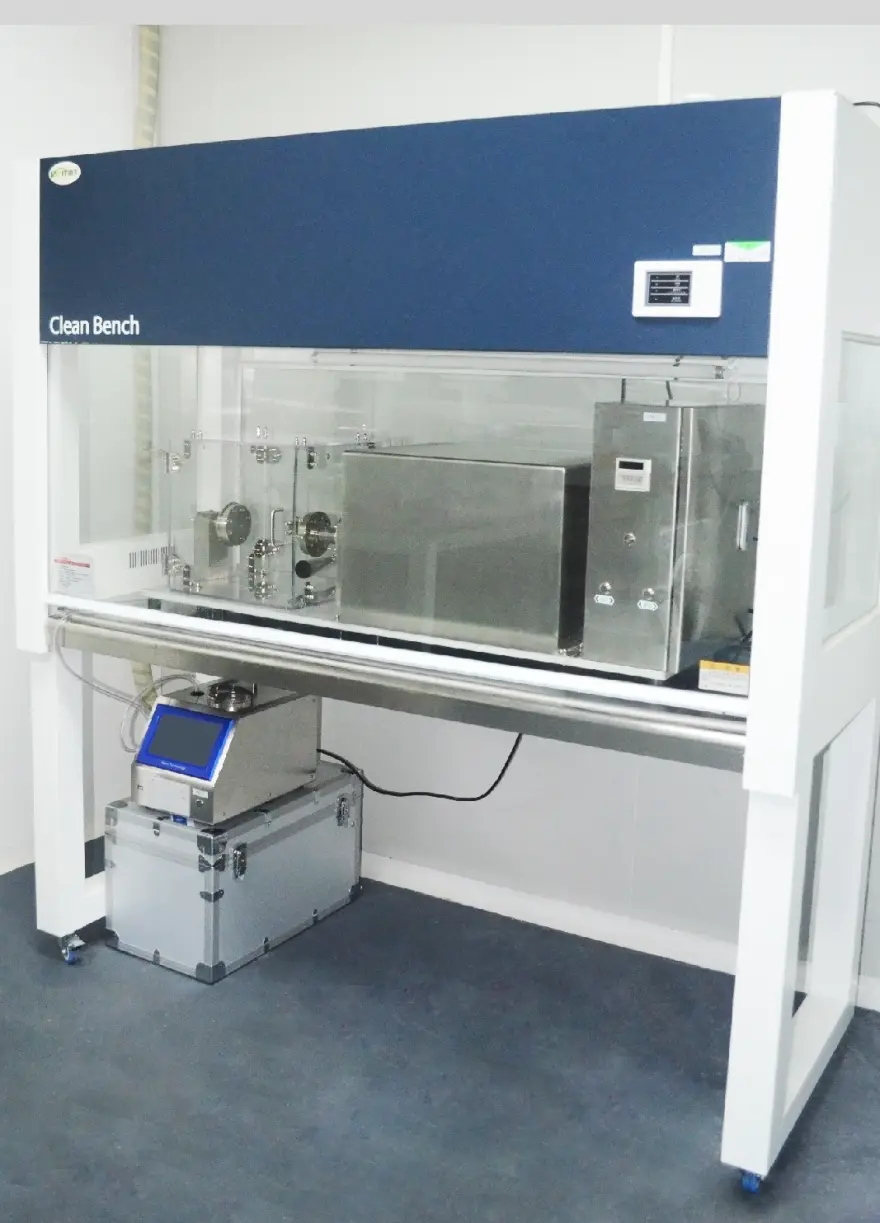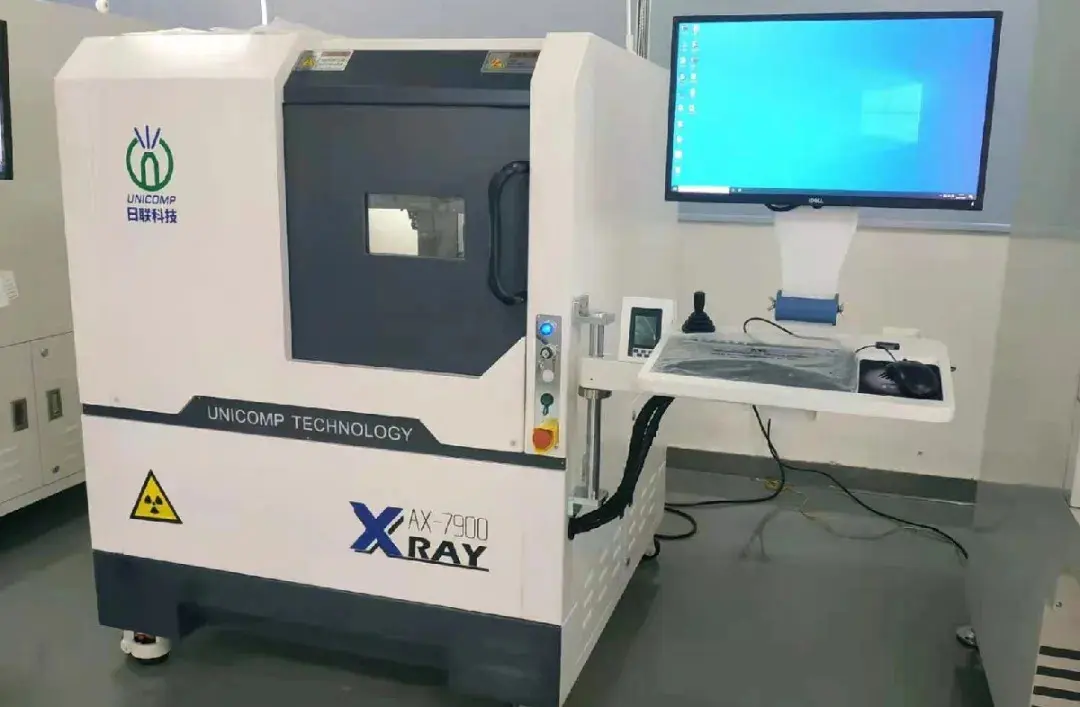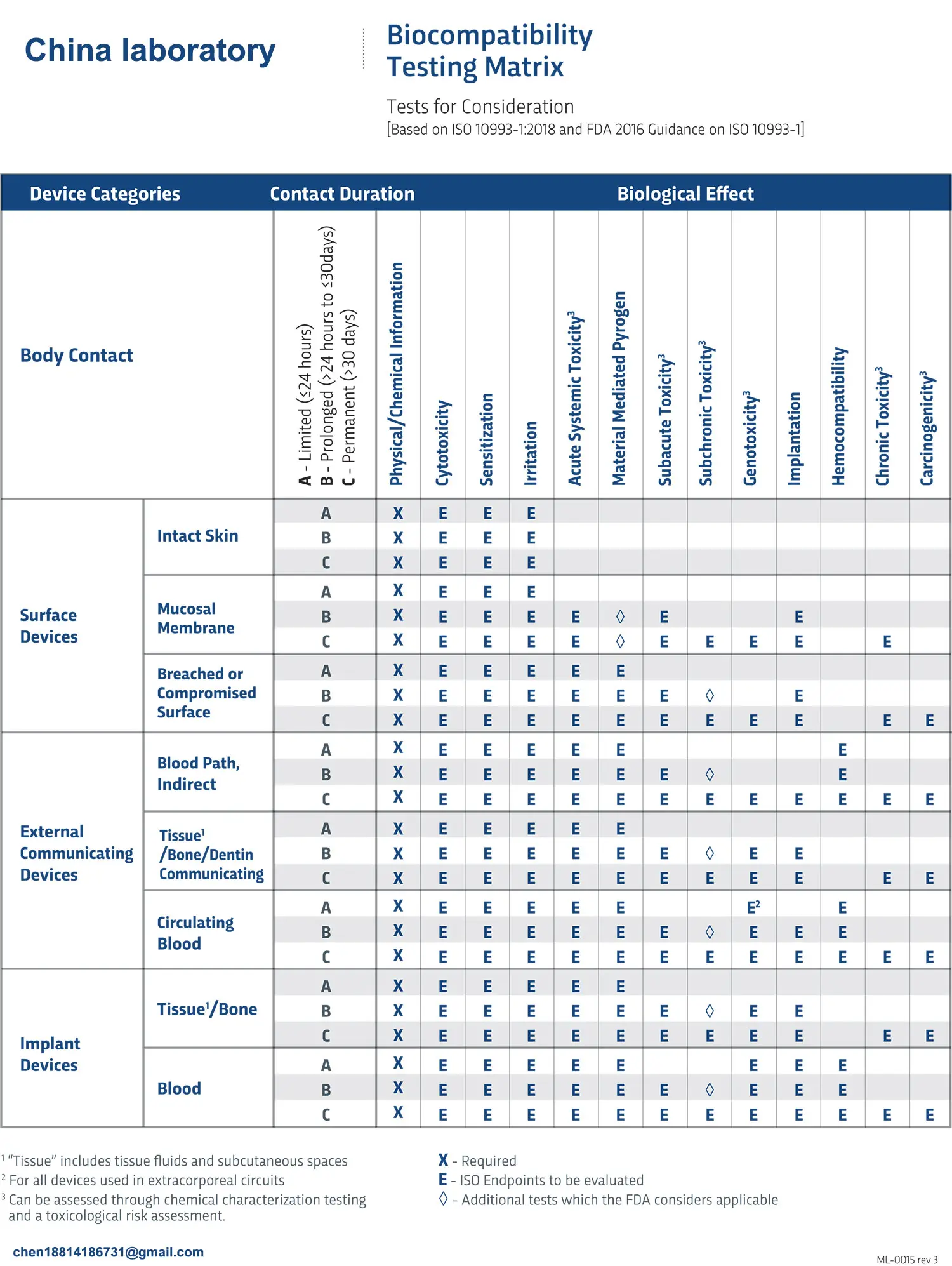
Battery Sales Requirements on Amazon US Platform
Amazon is a significant platform for overseas online sales and a crucial channel for cross-border sales of Chinese products. This platform has relatively strict compliance requirements for selling various products.
This article will analyze the regulations, safety standards, and other requirements that must be followed for lithium batteries and products containing lithium batteries sold on Amazon in the United States (including UL standards and hazardous materials requirements). It should be noted that most of these requirements may also apply to products sold on Amazon in the European Union, Australia, Japan, and other countries and regions, though specific requirements may vary.
This article specifically covers different types of lithium batteries and the applicable standards. It also highlights additional requirements for button cells and coin batteries.
The core information for this article is based on the "Amazon Seller Central Guidance" page, supplemented by U.S. regulations such as Federal Regulation 16 CFR 1263, Safety Standard for Button Cell or Coin Batteries and Consumer Products Containing Such Batteries.
Lithium Battery Classification on the Platform
Currently, Amazon lists the following categories of lithium batteries (subject to adjustments due to market and product changes):
- Lithium-ion batteries
- Lithium metal batteries
- Lithium-ion polymer batteries
Lithium-Ion Batteries
Lithium-ion batteries are rechargeable batteries with electrode materials made of lithium compounds.
Products using lithium-ion batteries sold on Amazon include:
- Mobile phones
- Digital cameras
- Tablets
Lithium-Ion Polymer Batteries
Lithium-ion polymer batteries are rechargeable batteries typically consisting of several identical parallel secondary cells.
Portable electronic devices that use lithium-ion polymer batteries include:
- Personal computers
- MP3 players
- Cameras
Lithium Metal Batteries
Lithium metal batteries are generally non-rechargeable and include a metallic lithium anode. Some lithium metal batteries may be flat and round, like those used in watches.
Products using lithium metal batteries include:
- Watches
- Flashlights
- Calculators
UL Standards
UL standards are typically voluntary. However, in practice, sellers on Amazon US must test their products according to relevant UL standards to ensure safety. Amazon requires lithium batteries, power banks, and other products containing lithium batteries to comply with UL standards. Therefore, to sell related products on Amazon, product testing is necessary.
Here are some UL standards listed on the Amazon guidance page related to lithium batteries and lithium battery-powered devices:
a. UL 62133 – Secondary cells and batteries containing alkaline or other non-acid electrolytes—Safety requirements for portable sealed secondary cells, and for batteries made from them, for use in portable applications—Part 2: Lithium systems
b. ul 2054 – Household and commercial batteries
c. ul 2056 – Lithium-ion battery power bank safety
d. UL 2272 – Electrical systems for personal e-mobility devices
Please note that there may be other standards related to lithium batteries.
Requirements for Button Cells and Coin Batteries
Amazon requires sellers to ensure that button cells and coin batteries comply with Reese’s Law and Federal Regulation 16 CFR 1263, as listed below:
Reese’s Law
- Battery compartment performance standards
- Warning labels
- Packaging requirements as per Federal Regulation 16 CFR 1700.15
16 CFR 1263
- Performance requirements according to ANSI/UL 4200a standards
- Warning labels
- Relevant safety instructions
Energy Content
According to the region and product type, Amazon specifies limits for the energy content of cells and batteries.
Cells
Amazon defines a cell as an electrochemical unit with a positive and a negative terminal. There are three energy content thresholds for cells, and the acceptance or rejection of these thresholds by region is detailed below.
0-≤20 Wh for lithium-ion (including lithium-ion polymer)/0-≤1 g for lithium metal
- US—Accepted
- Canada—Accepted
- Europe—Accepted
>20Wh-≤60Wh for lithium-ion (including lithium-ion polymer)/>1-≤5g for lithium metal
- US—Accepted
- Canada—Accepted
- Europe—Rejected
>60Wh for lithium-ion (including lithium-ion polymer)/>5g for lithium metal
- US—Rejected
- Canada—Rejected
- Europe—Rejected
Batteries
According to Amazon, a battery consists of at least two electronically connected cells, equipped with essential components like terminals or protection devices. Batteries with two or more cells are often called "battery packs," "modules," or "power units."
Batteries also have three energy content thresholds, and acceptance or rejection by region is listed below.
0-≤100 Wh/0-≤2 g for lithium metal
- US—Accepted
- Canada—Accepted
- Europe—Rejected
>100Wh-≤300Wh for lithium-ion (including lithium-ion polymer)/>2-≤25g for lithium metal
- US—Accepted
- Canada—Accepted
- Europe—Rejected
>300Wh for lithium-ion (including lithium-ion polymer)/>25g for lithium metal
- US—Rejected
- Canada—Rejected
- Europe—Rejected
UN 38.3 Test Summary
Amazon requires sellers to provide a UN 38.3 test summary for selling lithium batteries on the platform. The US Department of Transportation's Pipeline and Hazardous Materials Safety Administration (PHMSA) oversees the Hazardous Materials Regulations.
Sellers must upload test results when creating an Amazon Standard Identification Number (ASIN).
Hazardous Materials Requirements
Lithium batteries are classified as hazardous materials. Therefore, products sold through Amazon’s Fulfilled by Amazon (FBA) program must comply with hazardous materials requirements.
Amazon requires sellers to provide hazardous materials information when creating FBA listings, including battery information, information about products containing batteries, and information about other products classified as hazardous materials. Sellers can start by clicking the “Add Dangerous Goods Information” button and following the subsequent steps.
Battery Information
In the "Battery Information" section, sellers must specify how the product uses batteries (or if the product is a battery) and the battery composition. If the product uses batteries, it may be classified as hazardous material, and the following information must be provided:
- Battery type or size
- Number of batteries
- Battery weight (in grams)
- Cells per battery
- Lithium battery packaging
- Battery watt-hours
- Lithium content (in grams)
Safety Data Sheet (SDS)
Sellers must provide a safety data sheet or exemption sheet to ensure proper product classification. A complete safety data sheet must:
- Be completed and last updated within the past 5 years
- Include new GHS and CLP hazard identification information
- Match the product listing
- Include content for all 16 sections of the safety data sheet
Some batteries do not require a safety data sheet. In such cases, Amazon can accept an exemption sheet.
Packaging Requirements
Amazon's battery packaging guidelines list the following requirements:
- Permitted materials
- Prohibited materials
- Drop test guidelines
- Battery packaging requirements
According to Amazon guidelines, the platform only allows rigid packaging materials, such as boxes and flip-top plastic cases. Prohibited materials include zipper bags and shrink packaging.
Prohibited Products
Amazon lists prohibited products on the "Restricted Products" > "Electronics" page, which sellers are not allowed to list. These include the following types of batteries:
a. 14500 cylindrical lithium-ion batteries, 16340 cylindrical lithium-ion batteries, 18650 cylindrical lithium-ion batteries, 20700 cylindrical lithium-ion batteries, 21700 cylindrical lithium-ion batteries, and 26650 cylindrical lithium-ion batteries
b. Products containing the above batteries
c. Certain brand replacement batteries
d. Expired batteries
Email:hello@jjrlab.com
Write your message here and send it to us
 Packaging Validation ISO 11607 Test Report
Packaging Validation ISO 11607 Test Report
 What is the ISO 11607-1 Packaging Validation Test?
What is the ISO 11607-1 Packaging Validation Test?
 How to get an ISO 11737-1 Test Report?
How to get an ISO 11737-1 Test Report?
 Orthopedic Implant Cleanliness Testing
Orthopedic Implant Cleanliness Testing
 What is ISO 10993-23:2021 Irritation Testing?
What is ISO 10993-23:2021 Irritation Testing?
 ISO 10993-23 Irritation Testing Laboratory
ISO 10993-23 Irritation Testing Laboratory
 EMI Emissions Testing
EMI Emissions Testing
 EMC Standards for Medical Devices
EMC Standards for Medical Devices
Leave us a message
24-hour online customer service at any time to respond, so that you worry!




